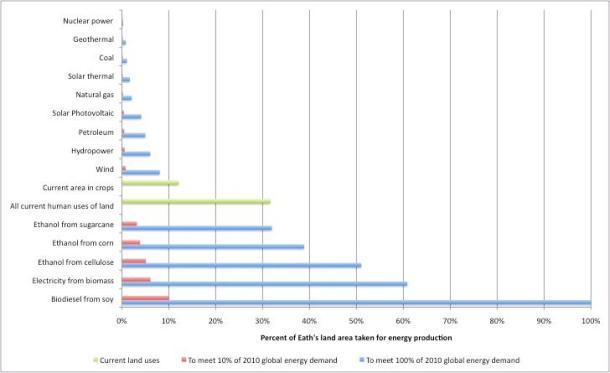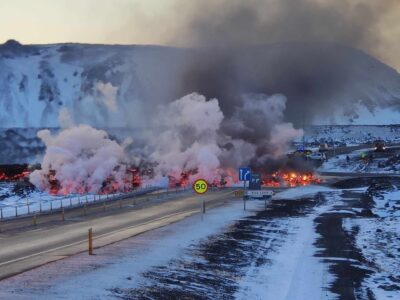Land use a huge argument for geothermal development
Geothermal is one of the most efficient renewable energy choices when it comes to the amount of land used per energy created, as stated in a recent research.
In a recent research project, the question was asked that if one would “Imagine if your country had an unlimited budget but a limited amount of land: what renewable energy has the most potential?
Rutgers University professor Clinton Andrews and colleagues ran the numbers on this thought experiment and came up with some surprises. They identified clear limits on some technologies, notably biofuels, but concluded that the bigger challenges to renewable energy and land relate to siting energy facilities, particularly transmission lines.
Andrews presented an early version of the paper at the Lincoln Institute of Land Policy conference here on Monday. The goal of this analysis and others like it is to size up the land requirements for different renewable-energy sources which, in many cases, require more land than fossil fuels and nuclear power.
As the U.S. and other countries seek to ramp up renewable-energy production, land use is becoming a more contentious issue. Already plans to build large-scale solar plants and wind farms in the U.S. have been opposed for aesthetic and environmental reasons. Even for distributed energy sources, such as rooftop panels, permitting and siting issues stand to loom large because upgrades to the electricity grid are needed, the study found.
“It’s not so much the land that we need for producing the energy. It’s how we move to where we want to use it,” Andrews said during his presentation last week.
To better understand land limits, the paper’s authors calculated the amount of land that would be required to generate all of the world’s current energy demand with one type of energy source and how much land would be required to meet 10 percent. Using those criteria and assuming slow growth in energy demand, the authors placed all energy sources into three categories.
In the small footprint category is nuclear, geothermal, coal, solar thermal technology, and natural gas. Although only suitable for certain places, geothermal is a good candidate for expansion because geothermal plants have about the same footprint as oil and gas drilling, since they all use much of the same technology, Andrews said.”
The chart provided as part of the article is quite interesting. It “shows how much land would be required for each energy source to supply both 10 percent and 100 percent of the world’s current energy demand.”
For the full article see link below.
Source: CNET GreenTech


















